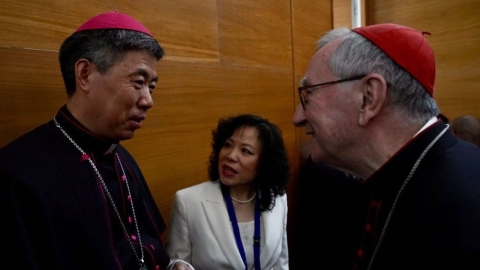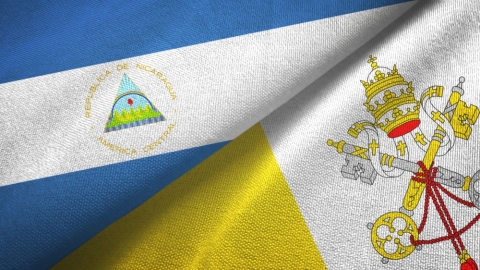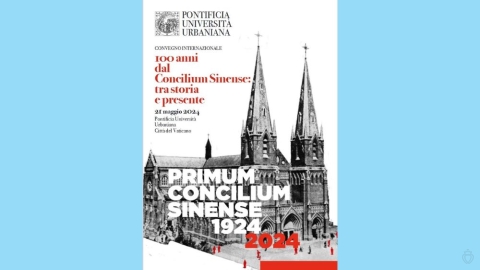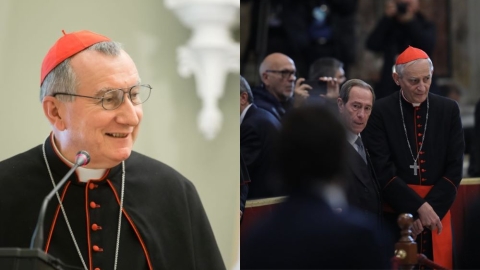Synod: Plan for a Marathon

Aerial view of Paul VI Audience Hall
The detailed program of the next General Assembly of the Synod, which will take place in Rome from October 4 to 29, 2023, was presented by the Press Office of the Holy See on September 21, 2023. It is quite a marathon for the 464 participants of the first Roman session, who will spend most of that time in the vast Paul VI Audience Hall.
Starting on October 4, the synodal path traverses the Vatican with an objective: to achieve the adoption of a final text on the future of the Church, compiled by the 365 members—including the Pope—who have the right to vote. There are about a hundred other participants who cannot vote, including “fraternal delegates” of other Christian denominations, as well as “experts” and “facilitators.”
The experts, due to their particular skills, are there to cooperate with the special secretaries. Among them, facilitators are designated: they have the task of making the exchanges run more smoothly in the different work groups. One can assume that these facilitators were not chosen at random, but hold a key role that will allow them to influence the direction of discussions and decisions.
The principal part of the work which awaits the synod members takes place in the course of exhanges within groups of a dozen people, the “minor circles,” scattered around the Paul VI Audience Hall: they will share the study of the Instrumentum Laboris (IL)—a work distribution clearly intended to evade all polarization of debate, so as to reach a consensus in line with the Vatican’s wishes.
Every morning at 8:45, the members will assemble in the general audience hall, having had enough time beforehand to look over the Avvenire—the daily journal of the Italian Bishops’ Conference—and the Osservatore Romano.
After a quarter hour of prayer, the work will commence, alternating between general assemblies, where the direction of the IL will be presented in parts; and small group sessions, where participants will be allocated particular points to formulate into a synthesis that will then be presented by a delegate during the general assembly the following day.
Each member will have access to a digital tablet to download, read, and vote on the proposed documents, “in order to avoid paper waste,” as the Vatican says. The work will come to an end each evening at 7:15 with a prayer. From Saturday afternoon to Monday morning, the synod members will be free to do as they wish.
At the conclusion of each synthesis, the “modi”—or practical decisions—will be elaborated in the small group sessions in order help draft the final text, which must be approved at the end of the twenty-first general assembly, scheduled for the afternoon of October 28.
The majority of members are of episcopal dignity: they supply a “foundational ministry,” explains Cardinal Mario Grech, Secretary General of the Synod; in other words, three quarters of the members are cardinals, bishops, patriarchs, or senior archbishops. A little more than 10% are laypeople.
But the papal closing Mass on October 29 does not signal the end of the Synod—far from it; in order to “prolong discernment,” Pope Francis announced a second Roman session set for October 2024, marking the close of the event.
The conclusions of the synodal process will then be the object of a post-synodal Apostolic Exhoration of Pope Francis.
(Source : Salle de presse du Saint-Siège – FSSPX.Actualités)
Illustration : Photo 155503151 © Pytyczech | Dreamstime.com





